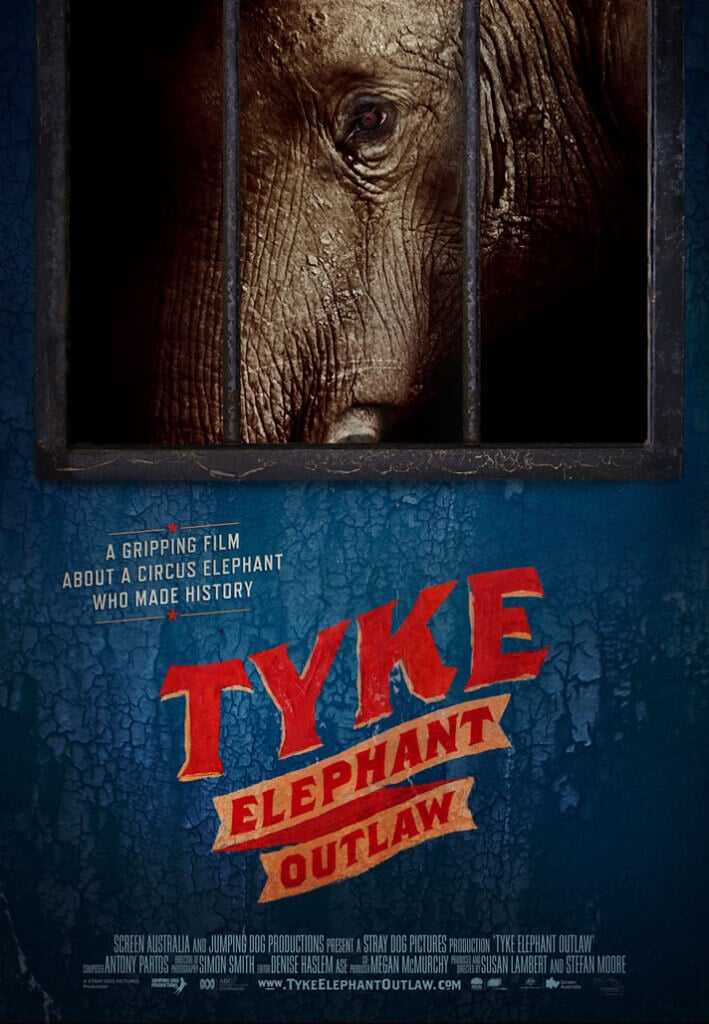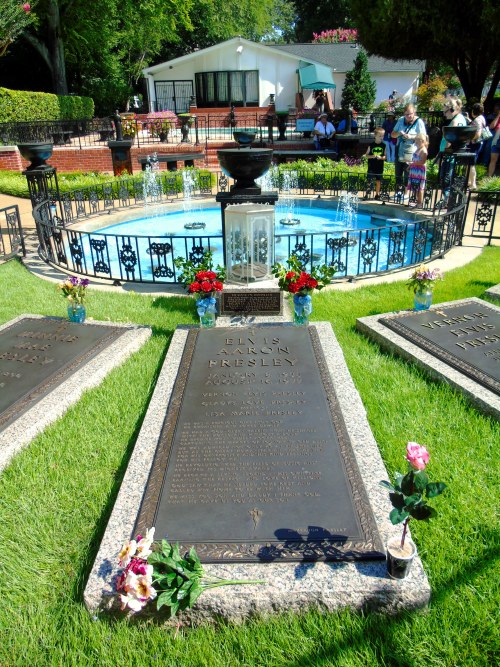

The tribunals were taken seriously by both the courts and the community. These tribunals were not show trials or strange festivals like Fools Day. The defendants included cats, dogs, cows, sheep, goats, slugs, swallows, oxen, horses, mules, donkeys, pigs, wolves, bears, bees, weevils, and termites.
#Tyke the elephant grave trial
In medieval Europe (and even colonial America) thousands of animals were summoned to court and put on trial for a variety of offenses, ranging from trespassing, thievery and vandalism to rape, assault and murder. The Savigny murder case, even in its ghastly particulars, was unexceptional.

They were, it must be said, a family of pigs. But here’s the kicker: the defendants in these proceedings were not members of our species. This is an interesting case to be sure, featuring important lessons about the legal rights of the poor and the historic roots of juvenile justice in western jurisprudence, lessons that seem entirely lost on our current “tradition-obsessed” Supreme Court. The orphaned children were sent into custodial care at the expense of the state. The court accepted the defense lawyer’s argument that the youngsters lacked the mental competence to have committed a crime in the eyes of the law. Her six children, however, received a judicial pardon. The mother was pronounced guilty and ordered to be hanged to death by her legs from the limb of the gallows tree. The justices considered the facts and the law and rendered a verdict and a sentence. Evidence was presented and legal arguments hotly debated. Before a crowded room, witnesses were called. A few weeks later a trial was convened in Savigny’s seigneurial court.

The defendants were indigent and the court appointed a lawyer to represent them. They were arrested, indicted on charges of infanticide and held in the local jail for trial. The seven suspects, a mother and her six children, were soon tracked down by local authorities, who discovered them still stained by the boy’s blood. A local family was accused of this frightful crime by local residents who claimed to have witnessed the murder. A five-year-old boy had been killed and his body partially consumed. In the spring of 1457, a gruesome murder took place in the French village of Savigny-sur-Etang.


 0 kommentar(er)
0 kommentar(er)
